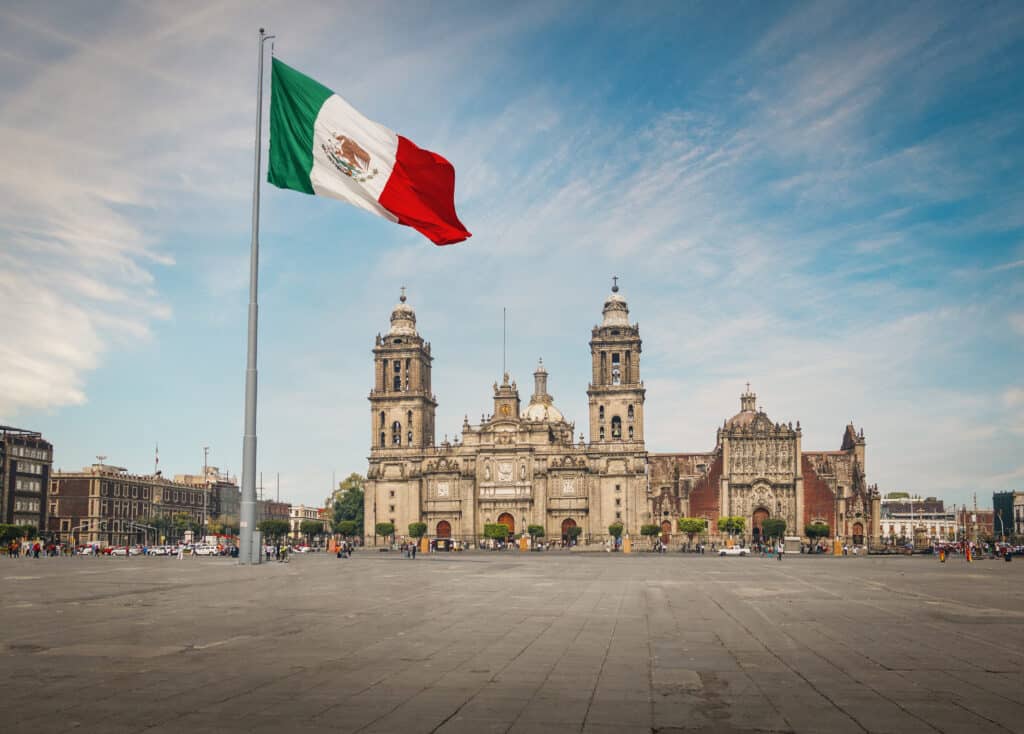Spanish Numbers
Overview
In this lesson you will learn all about Spanish numbers and how to form Spanish numbers 0-1000.

We use numbers all the time in our day-to-day lives when telling the time, talking about the cost of an item, reading an address or a in any myriad of other scenarios. Learning numbers in Spanish will open up a lot of communication.
[ld_quiz quiz_id=”5277″]
ld_quiz quiz_id=”5277″Learning Spanish numbers is like building a tower. Let’s start with our base:
| Even though it is rare to spell out a number in written form, this will help you with saying them aloud which is done all the time! |
- 0 – cero
- 1 – uno
- 2 – dos
- 3 – tres
- 4 – cuatro
- 5 – cinco
- 6 – seis
- 7 – siete
- 8 – ocho
- 9 – nueve
- 10 – diez
- 11 – once
- 12 – doce
- 13 – trece
- 14 – catorce
- 15 – quince
Now, we will add a bit more to our numbers for 16-20. These will all start with the prefix dieci. This prefix is a combination of the word for “ten” (diez) and a version of the word for “and” (y).
- 16 – dieciséis
- 17 – diecisiete
- 18 – dieciocho
- 19 – diecinueve
Time for the next set! The 20’s will all start with a prefix as well but it will change to veinti. This prefix is a combination of the word for “twenty” (veinte) and a version of the word for “and” (y).
- 20 – veinte
- 21 – veintiuno
- 22 – veintidós
- 23 – veintitrés
- 24 – veinticuatro
- 25 – veinticinco
- 26 – veintiséis
- 27 – veintisiete
- 28 – veintiocho
- 29 – veintinueve
Then the pattern changes and the numbers are all three words each: 10’s place + “y” + ones place
For example: 31- treinta y uno
30 – treinta
31 – treinta y uno
32 – treinta y dos
33 – treinta y tres
34 – treinta y cuatro
35 – treinta y cinco
and so on…
40 – cuarenta
41 – cuarenta y uno
42 – cuarenta y dos
43 – cuarenta y tres
44 – cuarenta y cuatro
45 – cuarenta y cinco
and son on…
50 – cincuenta
60 – sesenta
70 – setenta
80 – ochenta
90 – noventa
Now for the 100’s place!
We’re going to use the word “ciento” and then add the next number afterward.
100 – cien
101 – ciento uno
102 – ciento dos
103 – ciento tres
104 – ciento cuatro
and so on…
We will do this for the rest of the 100’s. Here are the other hundred’s places:
200 – doscientos
300 – trescientos
400 – cuatrocientos
500 – quinientos
600 – seiscientos
700 – setecientos
800 – ochocientos
900 – novecientos*1000 – mil
Our teachers and tutors are experienced and passionate about helping students improve their language skills. Our platform offers a flexible and convenient way to learn from the comfort of your home or in person. Find whether your favorite teacher is available for in person classes or choose any teacher for online class or simply let us pick a great teacher for you.
Highlighted Author:
Stephen Sovenyhazy


Private Classes
Meet one or more times weekly with a dedicated Spanish instructor online at a pace and schedule that custom fits your busy life.

Group Courses

Self-Study
Do you like to study on your own when it’s convenient for you? Buy helpful charts, vocabulary lists, and courses.
Additional Topics
Common European Framework of Reference for Languages
The CEFR is an international standard used to describe language ability. Here are specific details of the CEFR for this topic.



